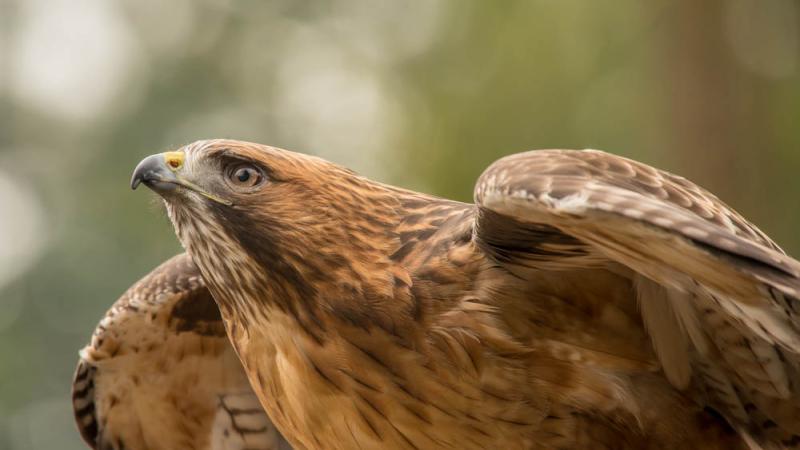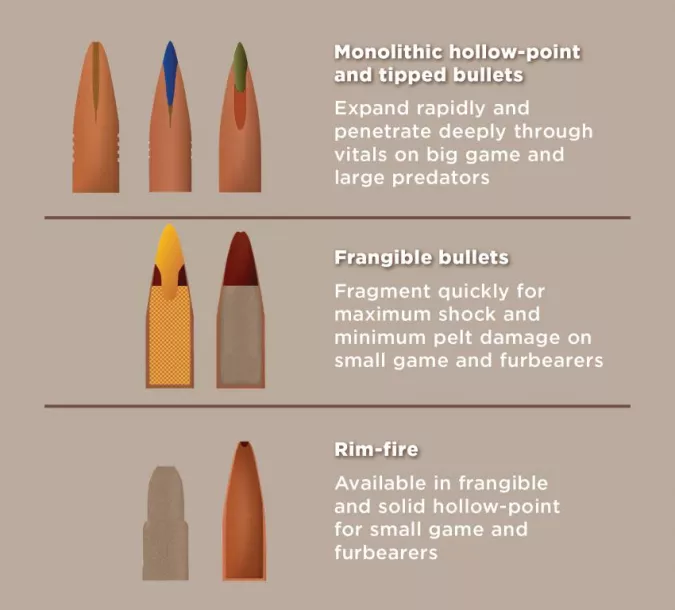Lead-free hunting education program

Addressing a critical conservation issue
Lead has long been recognized as a hazard to humans and wildlife. When eagles and other scavengers eat the remains of an animal shot with lead ammunition, lead can enter their bloodstream, causing potential long-term suffering and eventually, death. Studies have shown that the use of lead-free ammunition reduces lead exposure in wildlife.
Education and outreach
Through education and outreach, the Oregon Zoo aims to inspire hunters — traditionally some of the strongest supporters of wildlife and habitat conservation — to continue that legacy by choosing lead-free ammunition.
The Lead-free Hunting Education Program launched in 2015, holding more than 40 events during its first year, including presentations, workshops, shooting demonstrations and educational displays at hunting shows.
Lead-free ammunition
Lead-free bullets perform as well as or better than lead. They expand as quickly, offer exceptional accuracy and hold one distinct advantage: They are healthier for humans and wildlife. A wide variety is available for different types of hunting.

Switching to lead-free
Lead-free ammunition is available in stores and online. The bullets, identifiable by make and model, are not as dense as their lead counterparts and therefore longer. To best match your rifle's twist rate, experts recommend something 15-20% lighter than your lead ammunition.

